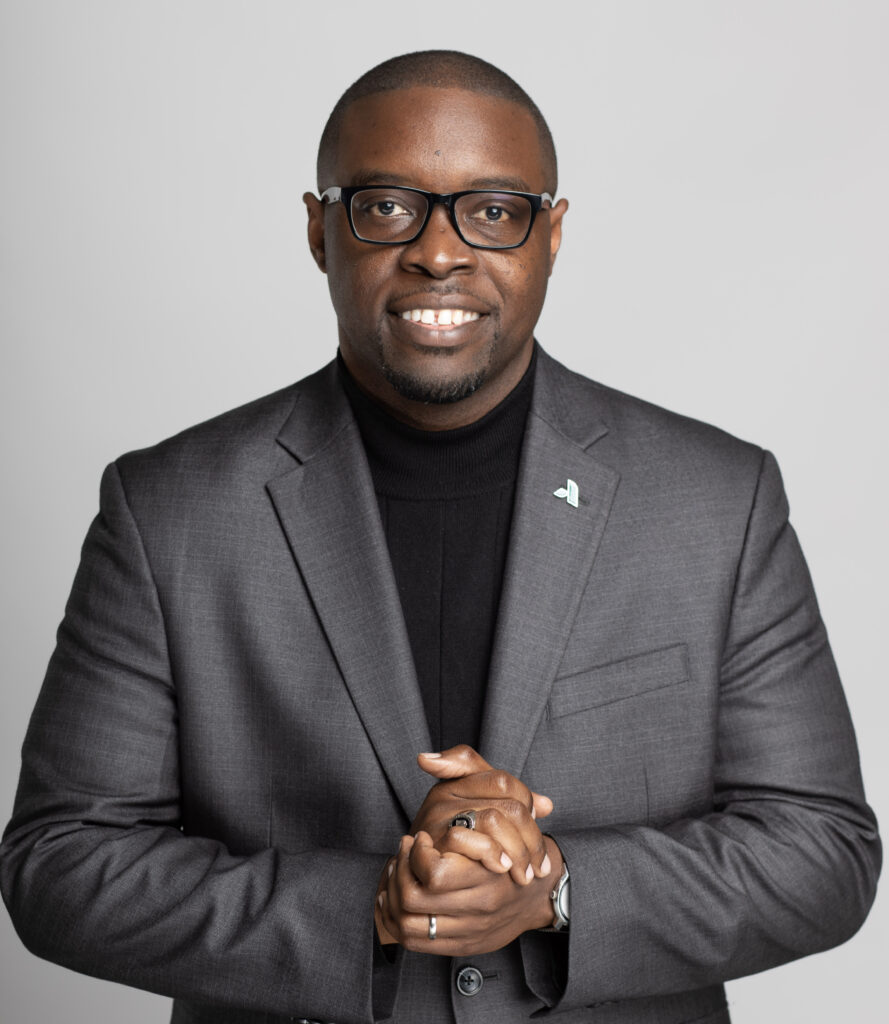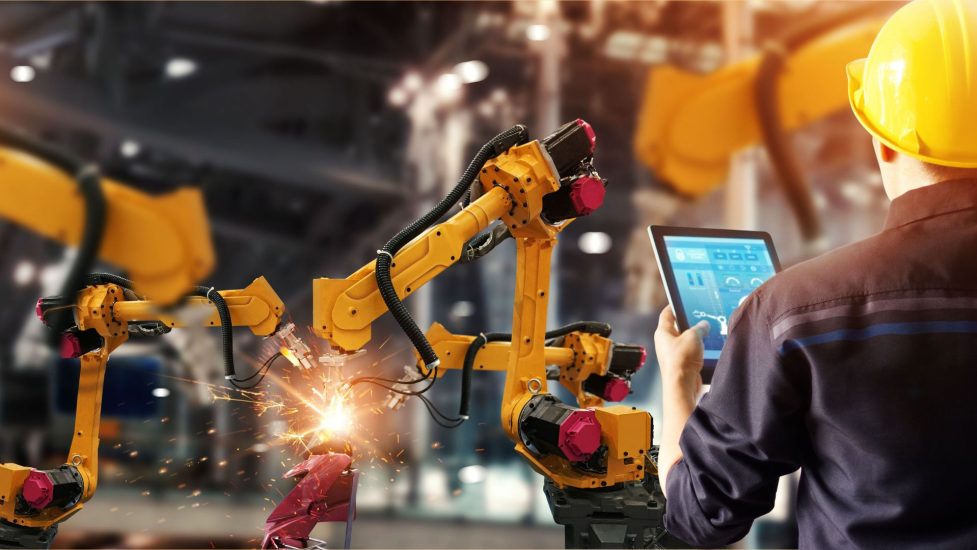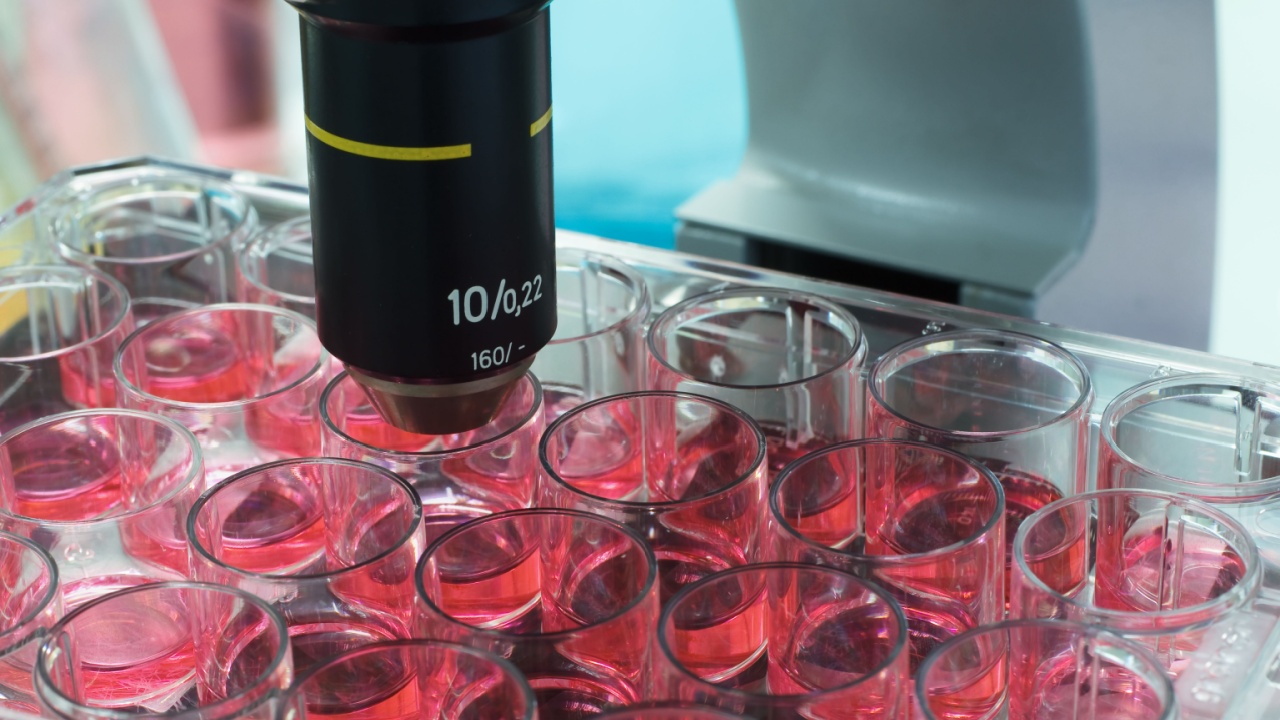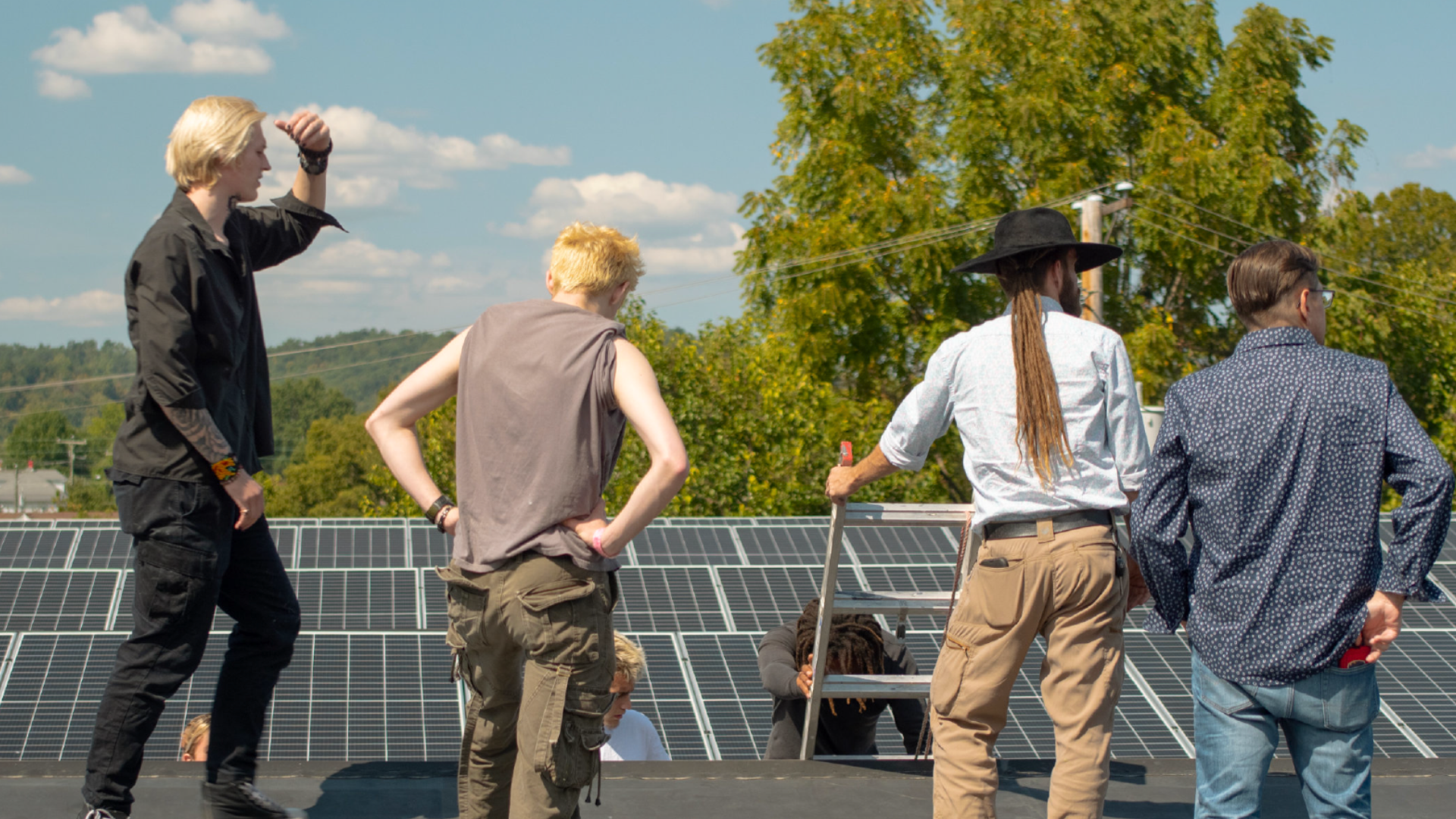Five U.S. cities of varying sizes, with seemingly little in common, share a title that carries the potential of shaping the future workforce in their community – Workforce Hub.
Columbus, Ohio; Phoenix, Arizona; Pittsburgh, Pennsylvania; Baltimore, Maryland; and Augusta, Georgia, are all designated a Workforce Hub as part of the federal government’s efforts to build career pathways to good-paying jobs through billions of dollars in economic investments from the American Rescue Plan, the Bipartisan Infrastructure Law, the CHIPS and Science Act, and the Inflation Reduction Act.
In each city, the federal government will partner with state and local officials, employers, unions, community colleges, high schools, and other stakeholders to upskill the local workforce to meet the demand for labor driven by these investments and to create family-sustaining jobs in the community.
The initiative calls for expansion of Registered Apprenticeships and pre-apprenticeships, and providing pathways to in-demand industries such as advanced manufacturing is a common thread with each city having its own area of focus.
Focus on Pittsburgh
Pittsburgh, once the Steel Capitol of the World, now has a diverse economy that includes hubs for robotics and biomanufacturing, among other industries. And the city is seizing the present to build for the future.
“Our goal with the Workforce Hub is really to create this opportunity and leverage the magic of this moment and with the enormous federal investments make sure that we’re building something really sustainable and improving the quality of life for people in our region,” says Susie Puskar, chief operating officer at Partner4Work, the workforce development organization for Allegheny County.

Partner4Work is working with the City of Pittsburgh, the White House, and Department of Labor to connect partners including government agencies, unions, trade organizations, educational institutions, policymakers, and philanthropic groups to create training programs for the skills employers need.
Pittsburgh, Puskar explains, is building out Registered Apprenticeship programs with several manufacturing employers.
She says the aim is to bring about change for the future workforce by creating generational wealth and targeting groups that have historically been left behind.
“The priority populations that the Pittsburgh Hub has selected are individuals who are young adults who have faced a systemic barrier to employment,” explains Puskar.
“Maybe they were in the foster care system or are aging out of the foster care system. It’s Individuals who have a criminal background or a re-entrance back into the workforce. It’s people who live in high- and extreme-need neighborhoods as defined by our local Department of Human Services. It’s folks who are immigrants and refugees.”
Puskar says the keys to the success are support services such as childcare and transportation to make sure that these training opportunities are accessible and lead to family-sustaining wages.
Also of note, there is a focus on the pathways to jobs that don’t require a four-year degree.
Partner4Work’s own solution to create fast-tracks to union apprenticeships is through a pre-apprenticeship program for construction trades in conjunction with Pittsburgh International Airport for its terminal modernization project.
“Someone goes to the airport, they get to see an active job site. They get trained on that job site for five weeks,” says Puskar. “When they graduate from that program, they’re guaranteed a spot in one of those union apprenticeships. So that’s one way that we’ve started to build out these programs and build out opportunities.”
There are plans to expand that training model to at least three sites this year, adding approximately 80 new people. This is one pledge among many being made by dozens of organizations committing to hire new employees or provide training programs over the next several years.
Through those pledges, the White House counts more than 1,000 jobs being created in Pittsburgh since the city’s designation as a Workforce Hub in 2023.
Focus on Phoenix
Arizona has attracted roughly $60 billion in semiconductor investments since 2020. Taiwan Semiconductor Manufacturing Company, the world’s largest semiconductor manufacturer, is building two sites in Arizona, touting the creation of thousands of tech jobs as well as construction jobs.
As part of the Workforce Hub initiative, Phoenix now has its first semiconductor Registered Apprenticeship program in the state. Private investments of $5 million are expected to support training for 1,500 people from underserved communities.
The mean salary for a semiconductor processing technician, according to the Bureau of Labor Statistics, is $48,370 as of 2022.
Beyond the semiconductor industry, there are other efforts to support career pathways in fields such as clean energy and infrastructure. A program is also slated to start next fall that will enable high school students in Phoenix to earn certifications in advanced manufacturing.
Focus on Columbus
Columbus has also emerged as a Hub for semiconductor manufacturing with Intel investing some $20 billion to build two sites in Licking County, just east of Columbus.
One key player in the Workforce Hub in the city is Columbus State Community College which is working with Intel to provide skills for jobs.
In October of 2023, CSCC launched a one-year Semiconductor Fundamentals Certificate program to prepare students for high-tech manufacturing jobs. The school also offers a 2-year Electro-Mechanical Engineering Technology associate degree.
Focus on Baltimore
Infrastructure is a key focus for Baltimore where the Frederick Douglass Tunnel rail project is underway to modernize a 10-mile stretch of Amtrak’s Northeast corridor. It’s expected to create 30,000 jobs with 20,000 of them not requiring a four-year degree.
A major union in the project, the Baltimore-DC Building Trades Council, is committed to hiring apprentices from the city’s disadvantaged communities by targeting specific zip codes and preparing residents for careers. Amtrak says it will recruit and train workers from the local population, as well.
Focus on Augusta
Of the five Workforce Hub cities, Augusta has the smallest population at just over 200,000 residents.
“When you think of Augusta, most folks will immediately think of the Masters Tournament, the golf tournament, just because of the history and, of course, it’s on television every April,” says Jermaine Whirl, Ph.D., president of Augusta Technical College.
“What people don’t know is what’s actually happening here in terms of workforce development which is pretty special,” he adds.

Whirl explains that Augusta is near the Savannah River National Laboratory which produces plutonium for nuclear weapons and Fort Eisenhower, the national headquarters for cybersecurity for the U.S. Department of Defense.
Demand is high for pathways to the many kinds of jobs that are needed in the area and Augusta Technical College is playing a key role. Case in point: the school has developed a Nuclear Science Apprenticeship Program in conjunction with the Savannah River National Lab.
Whirl says 695 people applied for 40 slots. Students are fully paid to go to school and work at the same time. They began the program in January and are scheduled to graduate in June with full-time jobs. Whirl estimates starting salaries between $60,000 and $80,000 a year, with no debt.
Like other cities, the focus in Augusta is to open doors to opportunity among underrepresented communities and provide support services. The city, for example, is working with Lyft to provide rides to and from the workplace and workplace training.
Expanding Augusta Technical College and partnerships around dual enrollment for high school students is also in the works. Whirl says, while there are already programs for students learning entry-level advanced manufacturing, a curriculum is being developed for students who want to enter the electric vehicle industry.
Whirl says working with liaisons from the White House, Department of Labor, and regional partners strengthens workforce development initiatives that were already in place and opens new doors.
“Now, because we have a regional strategy, we are now more positioned to get philanthropic support from nonprofits. We’ve had several nonprofits reach out to us saying ‘We want to be part of this’ and that is going to bring additional dollars to scale the work,” says Whirl.











